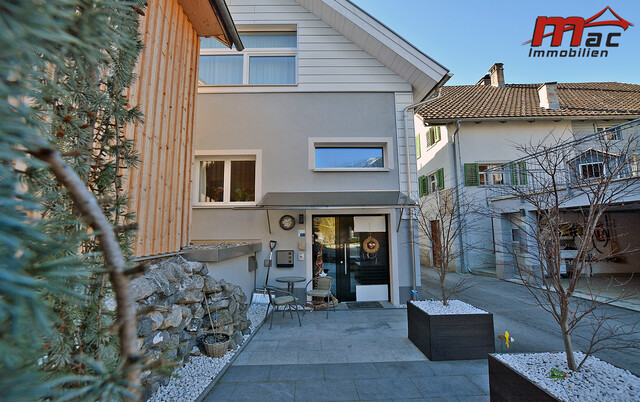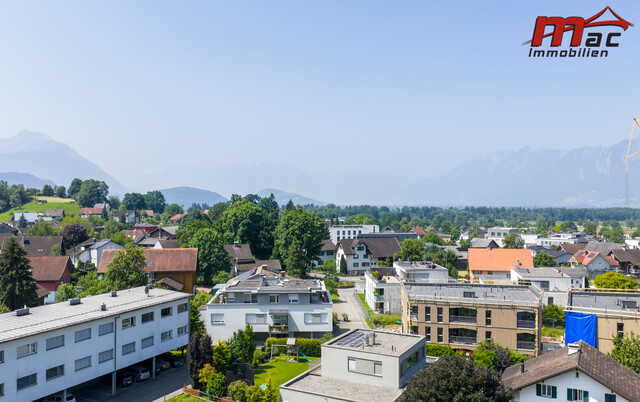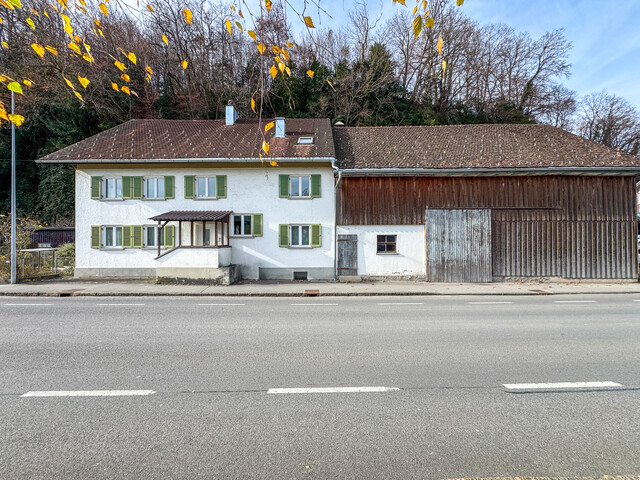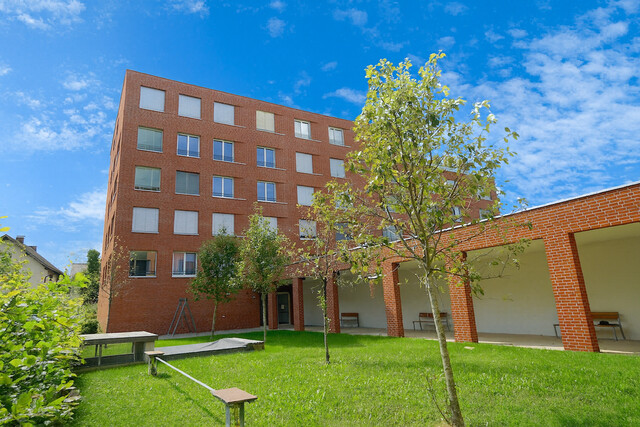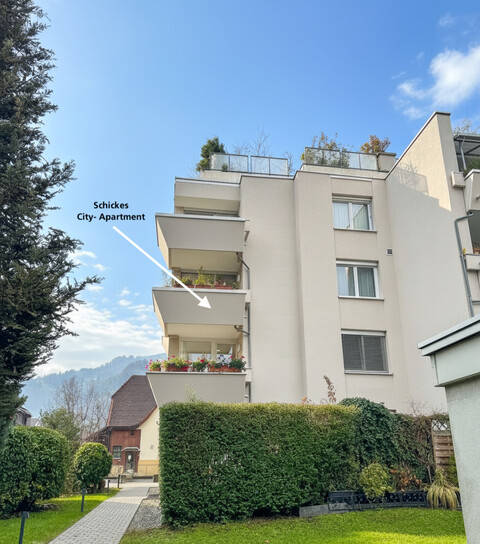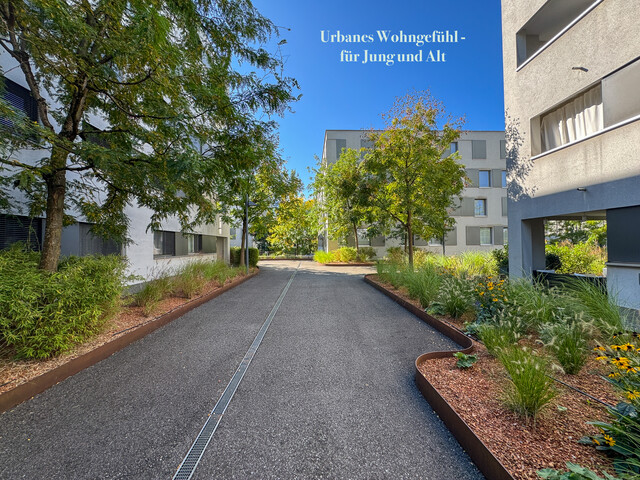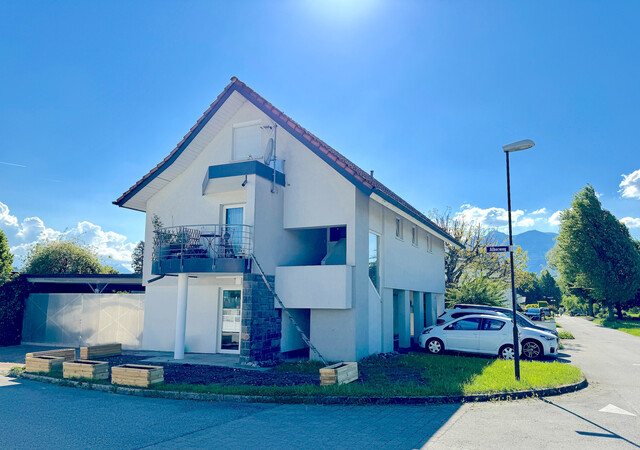CO2 Concentration in Austria's Classrooms Too High

Good indoor air quality is a basic requirement for human health and crucial for concentration in work, education, and learning. The nationwide study by TU Graz has now shown that Austria's schools largely do not comply with national and European ventilation guidelines. In the 2023/24 school year, the guideline value for the daily average CO2 concentration of 1,000 ppm (parts per million) was exceeded in over 75 percent of the classrooms examined. In winter, the rate rose even higher. "In individual cases, the hourly average CO2 values were over 6,900 ppm, almost seven times the guideline value. In the worst cases, a quarter of all classrooms did not even offer the absolute minimum ventilation recommended by the applicable European standards," it was stated.
Cities with Better Air Quality in Classrooms
Carbon dioxide (CO2) is not an air pollutant, but its concentration in indoor air is considered an indicator of air quality. A high CO2 level also correlates with the number of respiratory infections. Better air quality through regular ventilation thus also reduces the risk of infection.
For the study, a team led by Robert McLeod and Christina Hopfe from the Institute of Building Physics, Building Technology, and Construction Management at TU Graz examined CO2 concentrations, ventilation rates, and environmental data in around 1,200 classrooms in all Austrian federal states during the 2023/24 school year. Significant differences were found between school types and regions, as well as the influence of the type of ventilation: "Special schools performed particularly well because their classrooms have a relatively low occupancy density. Surprisingly, schools of all types in cities generally had better CO2 values than schools in rural areas."
Ways to Improve Air Quality in Schools
The method of classroom ventilation also plays a role: "In rooms with automatic, mechanical ventilation, the air quality is better on average over the year than in classes that are manually ventilated by opening windows," said Hopfe. This effect becomes particularly evident at outdoor temperatures of 16 degrees Celsius and below: On such days, the average CO2 concentration in mechanically ventilated schools is 450 to 600 ppm lower than in naturally ventilated schools.
However, mechanical ventilation systems are costly. Relatively inexpensive CO2 sensors could be used as an alternative: In half of the classrooms examined, clearly visible sensors were installed that signaled the exceeding of the guideline value with colored lights. "Such sensors influence ventilation behavior in many classrooms and have thus significantly improved air quality in manually ventilated rooms, especially in the winter months," said Hopfe. CO2 sensors and training for proper ventilation for teaching staff and students are investments that all schools should consider, the recommendation stated.
(APA/Red.)
This article has been automatically translated, read the original article here.
Du hast einen Hinweis für uns? Oder einen Insider-Tipp, was bei dir in der Gegend gerade passiert? Dann melde dich bei uns, damit wir darüber berichten können.
Wir gehen allen Hinweisen nach, die wir erhalten. Und damit wir schon einen Vorgeschmack und einen guten Überblick bekommen, freuen wir uns über Fotos, Videos oder Texte. Einfach das Formular unten ausfüllen und schon landet dein Tipp bei uns in der Redaktion.
Alternativ kannst du uns direkt über WhatsApp kontaktieren: Zum WhatsApp Chat
Herzlichen Dank für deine Zusendung.
